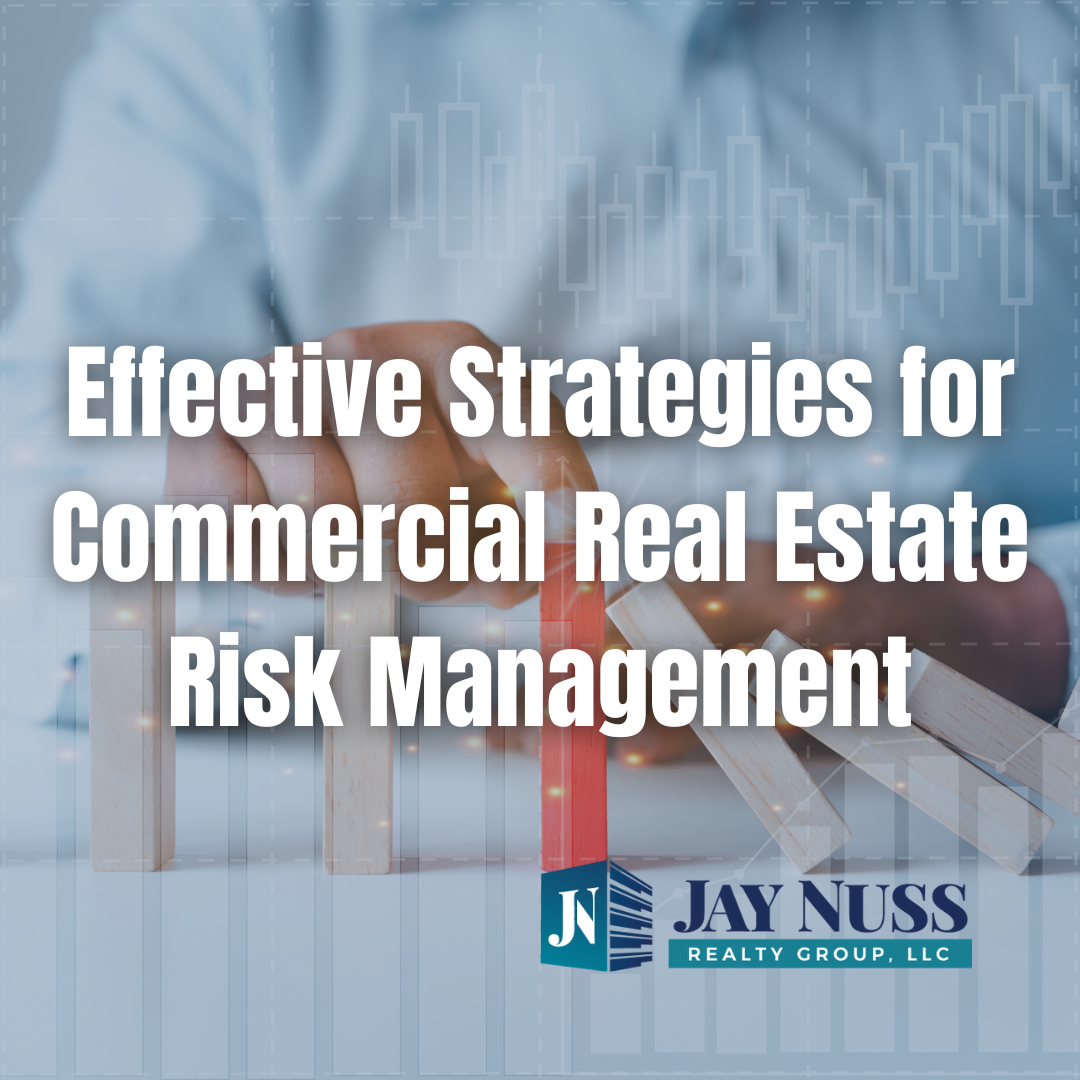Investing in commercial real estate can be a lucrative endeavor, but it’s not without its risks. From fluctuating market conditions and tenant turnover to natural disasters and regulatory changes, there are numerous potential pitfalls that can derail even the most carefully planned investment strategies. To navigate these challenges successfully, it’s crucial to adopt a proactive and comprehensive approach to risk management.
Identifying Potential Risks
The first step in effective risk management is to identify the potential risks associated with your commercial real estate investments. This involves conducting thorough due diligence on properties, markets and economic conditions. Consider factors such as location, property condition, tenant mix and local demographics. Additionally, assess macro-level risks like changes in interest rates, tax policies and industry trends that could impact your investments.
Assessing Risk Exposure
Once you’ve identified potential risks, it’s important to assess your exposure to each one. This involves analyzing the likelihood of a risk occurring and the potential impact it could have on your investment’s performance. Quantifying risks allows you to prioritize them and develop targeted mitigation strategies.
Developing Mitigation Strategies
With a clear understanding of your risk exposure, you can develop strategies to mitigate or transfer those risks. Here are six effective risk mitigation strategies to consider:
Diversification:
Spreading your investments across different property types, locations and asset classes can help reduce the impact of any single risk event.
Insurance:
Obtaining appropriate insurance coverage, such as property, liability and income protection, can provide a financial safety net against various risks.
Tenant Screening and Lease Management:
Rigorous tenant screening and careful lease negotiation can help mitigate risks associated with tenant defaults, vacancies and lease disputes.
Proactive Property Management:
Implementing effective property management practices, including regular maintenance and proactive tenant relations, can help minimize risks related to property condition and tenant turnover.
Financial Risk Management:
Strategies like hedging interest rate risks, maintaining adequate reserves and careful debt structuring can help manage financial risks associated with your investments.
Exit Strategies:
Having well-defined exit strategies, such as predetermined hold periods or pre-negotiated sale agreements, can provide an avenue for mitigating risks and preserving capital if necessary.
Monitor and Adapt
Effective risk management is an ongoing process that requires continuous monitoring and adaptation. Regularly review your risk exposure and mitigation strategies to ensure they remain relevant and effective in the face of changing market conditions and emerging risks.
Additionally, stay informed about industry trends, regulatory changes and economic indicators that could impact your investments. This knowledge will enable you to proactively adjust your strategies and maintain a competitive edge in the market.
Commercial real estate investment offers significant potential rewards, but also carries inherent risks. By adopting a comprehensive and proactive approach to risk management, you can identify, assess and effectively mitigate these risks. Implement strategies like diversification, insurance, proactive property management and financial risk management to protect your investments and maximize your chances of success in the dynamic world of commercial real estate.
For further information on this topic, please call us at 781.848.9400.

